Both rural and urban GAA clubs face increasing challenges as demographics in Ireland change. This is one of a series of articles exploring the issues clubs face and what they are doing to adapt.
I
The drift in population hasn’t caught the GAA unawares. No fewer than nine previous committees, investigating migratory patterns, are referenced in the 2021 report of the Community Development, Urban and Rural Committee (CDURC).
Colm Cummins chaired the committee, which produced the above report (Demographics Toolkit Pilot Study), intended as a kind of early-warning defence system. He says that the impact of population on the association will be profound.
“It’s going to challenge us and it’s happening like a slow-moving iceberg really. We have to be ready for it. The idea behind the toolkit we were promoting, was that we get a better handle on it and see the issues coming down the road and plan for them appropriately – as opposed to allowing it become a major problem and then firefighting.”
Former GAA president John Horan appointed the committee and believes that whereas significant factors in rural depopulation and migration to towns and cities are not within the GAA’s capacity to affect, certain measures are.
“Firstly, the GAA is not responsible for the major influences – although sometimes it appears as if people think it is – jobs and planning laws. That’s not to say we can do nothing. The parish rule doesn’t hold in a lot of other areas and is very restrictive for clubs and players.”
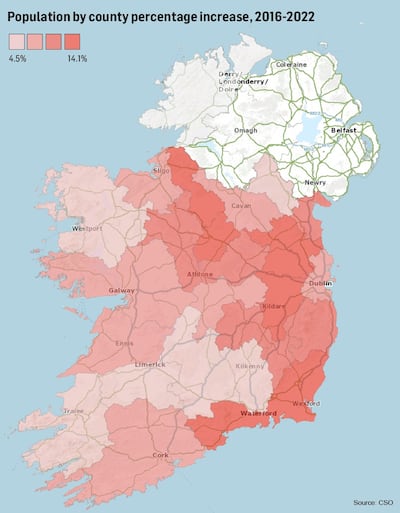
Were the parish rules to be relaxed, it could allow members in a big club to move within a county to another club with a shortage of players.
In Donegal, Declan Bonner, the former county manager and All-Ireland medallist, is currently chair of the Na Rossa club, who are struggling for numbers due to players emigrating.
“County boards around the country need to look at this now,” he says. “It’s happening to rural clubs everywhere. How can we keep these clubs going? Whether that is to look at parish boundaries or the parent rule, is there something that can be done for clubs that are really struggling?”
There are several larger town-based clubs close to Na Rossa – Naomh Conaill in Glenties and An Clochán Liath in Dungloe. Na Rossa have been sending juveniles to play certain underage grades with Dungloe for a number of years now as they do not have sufficient numbers to field themselves.
Could a system be put in place that allows players go both ways, say if those bigger clubs have too many players and are unable to provide them adequate game time?
II
Current president Larry McCarthy is from Cork but has spent much of his life living in New York. Since returning to Ireland two years ago, he has attended enough club matches down the bottom of boreens lined by spindly green hedges or stood in pitches encircled by sprawling off-white housing estates to understand the issues facing the GAA regarding urbanisation and the decline of rural populations.
“It is a big challenge for society, for the country as a whole, because the movement is towards urban,” says McCarthy. “And for the GAA it is also a huge challenge, absolutely.”
An issue that arises in rural areas is planning laws and restrictions on the building of houses. For some the tradition of places like the west of Ireland is not the urban model of proximity to services but more scattered housing with a market town at the epicentre.
That is not the trend of modern planning and the inability to build houses in their own community has become resented.
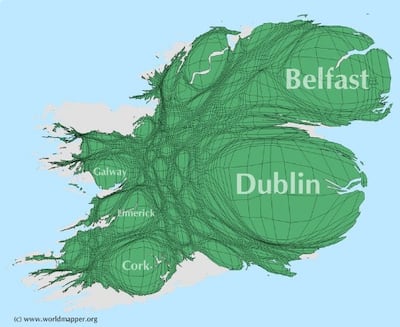
McCarthy sees correlation with a wider issue for communities and in turn GAA clubs. “It all goes back to the planning laws and where people are being allowed or not allowed to build houses.”
Lobbying on planning laws is seen by some in the GAA as crossing the line into political activity but for others it’s representing community interest. Horan endorses the latter line.
“People shouldn’t feel that advocacy on behalf of their club crosses a line. Lobbying for something that’s in the community interest is issue-based and clubs are fully entitled to fight that fight.”
III
Cummins summarises the conundrum that cuts across the association from the isolated rural clubs struggling to maintain their numbers to urban units and their huge memberships, who are crying out for facilities and as a result aren’t impacting proportionately on their vast catchments.
“The challenge is twofold. The rural one is obvious – the numbers aren’t there and it becomes apparent very quickly. Equally and this is hidden, within the urban areas you have super clubs bursting at the seams with members but are really only scratching the surface. Success masks a huge amount.
“It’s almost more marked in the large towns. Tullamore, for instance, has access in its catchment to 20 per cent of the playing population. Edenderry has 10 per cent and the rest smaller numbers. This is the same in other counties and whereas the towns have a good record at underage, overall they mightn’t be winning any more than other clubs with a fraction of their catchment.
“We’re leaving huge numbers of people behind.”
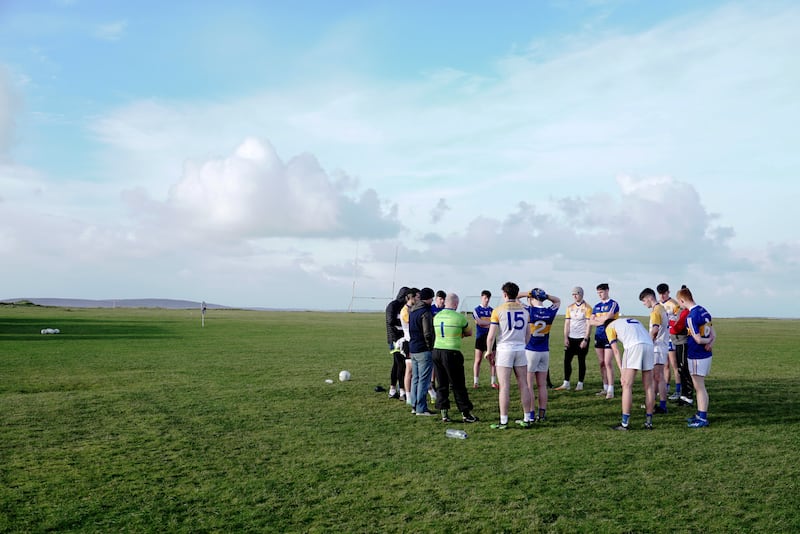
IV
Talking to people in the more remote areas, a sense of pessimism pervades or at least a downcast view of what can be done to address the problem. Clubs can’t open factories nor can they reverse the declining birth rate or rewrite the planning laws.
Two of the more immediate solutions put forward have been for the GAA to relax the parish rule and also to facilitate opportunities for players to line out for the home club of their parents. Either way, it is clear county bylaws will have to be examined in each county to see what can be done to help clubs stay afloat.
In Mayo, Ciarán Ó hEadhra from Kiltane made the point that the demands necessary for his club’s past members to bring their children back is essentially unrealistic for many.
“It would require a big commitment, which is absolutely the wrong conversation to be having during of a cost-of-living crisis.”
Alan Mulhall, chair of Walsh Island in Offaly, echoes this. “Former members and players have moved only as far as the nearest towns but lifestyle is so pressurised that even bringing kids half an hour down the road can be hard to justify if the local club is five minutes away and all their school friends are there.”
The likelihood is that more and more rural clubs are, like Kiltane and Walsh Island, going to need to pool their players together at juvenile level to give themselves a chance of maintaining separate adult teams – a scenario that sees rival clubs amalgamate at underage but not adult.
Ultimately, a part of the solution might be for the GAA to reimagine the eligibility status of players and simply make it easier, more fluid and less final to switch clubs.
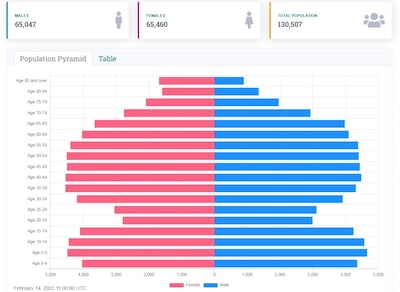
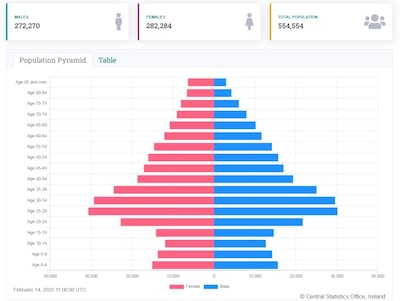
Transferring and registration is a very formal process and at one point, the DRA, the GAA’s independent arbitration service, was hearing more disputes arising from transfers than from disciplinary matters. Devising a more flexible way of authorising the movement of players could help to alleviate shortages, according to Cummins.
“You can get a sanction to go back and play championship with your local club but also train and play league with a club in a big city like Dublin or Belfast. This would be particularly applicable if the demographic problem was temporary and the rural club would recover in a few years. But that is controversial, having different rules for different players based on data.”
The data can make sure the GAA clubs know the population trends and plan but the reality for an embattled, rural club is that they need no telling that there are just two boys in junior infants in the local primary school.
V
Of course it’s no longer a simple question of boys. Another hurdle that will have to be overcome is how clubs adapt to fully represent the entire Gaelic games family – GAA, LGFA and camogie.
Progress towards all organisations coming under the one umbrella has been a slow one, but the appointment of Mary McAleese as chairperson of the integration process has at least added fresh impetus.
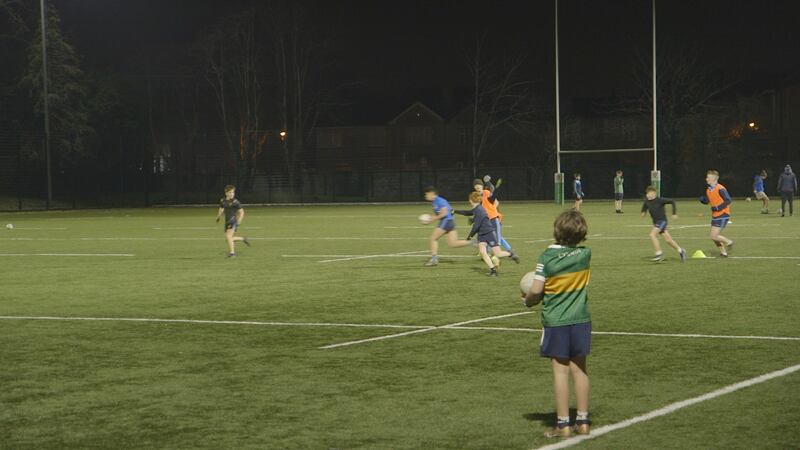
Managing that integration process with an emphasis on equality will create its own demands. This weekend, Meath women footballers play Dublin: All-Ireland champions versus Leinster champions, a pairing that drew a huge crowd to Navan last year. Because Parnell Park is unplayable, the fixture goes ahead on a training pitch in DCU.
If bringing on board half the population has been a pressing concern since the century began, the opportunity presented by new Irish communities from overseas has also proved challenging.
Despite a lot of outreach work, results have been uneven.
“There have been some successes,” according to Cummins, “and efforts made and lots of clubs are trying really hard to make people feel welcome. It can be hard to get that ‘stickability’ because there is that cultural difficulty when people haven’t been brought up with any grá for the games.
“There’s a challenge there, as we’re clearly not doing everything right because they’re not flooding in the gates to get involved. Are we intimidating to newcomers? It needs a lot more study. I don’t have the answers.”
VI
The urban problem is as critical as the rural one. In 2002, the Strategic Review Committee advanced a view that Dublin should be split in two. It created plenty of controversy and was shelved. A less contentious finding was that Dublin needed more clubs.
The situation was arrived at, organically. The south side of the city was very undeveloped and when the GAA gained in popularity from the 1970s, there was an inadequate supply of clubs. Those that were there became huge and almost different institutions to established units elsewhere.
The price of property and the administrative input required to run clubs meant that establishing new ones is costly and demanding. It is a concern that these constraints have led to a GAA in Dublin that has become increasingly middle class in its composition.
The 2021 report pointed out that Dublin clubs own only 32 per cent of the 400 pitches they use with schools and public pitches taking up the slack. Typically, a big club in the county will run its teams in up to half a dozen separate locations. Raising the funds needed is a major task and there are no friendly farmers willing to donate a field.
“If the GAA is to think strategically,” says Cummins, “we have to look forward and even put a dedicated full-time unit to assist people to establish clubs and maybe even look at purchasing property with a view to establishing a club in a specific area. It mightn’t come on stream immediately but keep the land as an amenity until it does.”
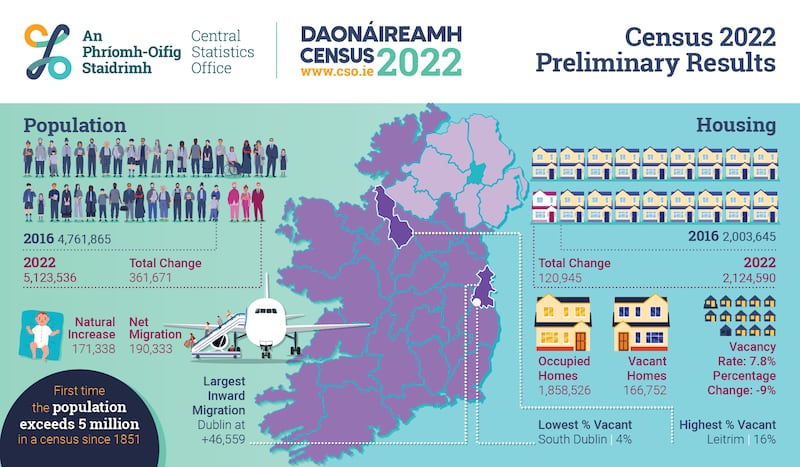
He also sees the positives in one of the more common reasons for establishing new clubs.
“New clubs often only come about because of a split. That’s not necessarily a bad start because it creates an energy.”
In cities and towns, a lack of clubs means that whereas the unit that’s in position will have large numbers, it can’t work the ground as efficiently as a greater number of smaller clubs.
“Smaller clubs drill deeper out of necessity and the pressure to keep themselves alive so nearly anyone who can walk, gets involved.”
He says that solutions can be found but may prove challenging in themselves.
“The reality is that we are a broad church and no one size fits all. There’s no silver bullet solution; there will be a myriad of solutions and they’re going to be in some way controversial because depending on where you’re from they may have to be different solutions for different areas and that may be unpalatable for some because they’ll see someone getting an advantage because of where they live.
“You could have people transferring out of an urban area into a rural area but not vice versa, for example. One suggestion was that there should be a draft system for players coming to Dublin so that the best players go to the weakest teams.”
VII
Does it all sound like problems without solutions? Cummins sounds a final note of defiant optimism.
“There’s a certain amount of doom and gloom around this as well. We have to get over that because there’s no point throwing our hands up in the air and saying that we don’t know what to do. If we go out and plan for the contingency as best we can, we will probably get on top of this problem.
“We’re planning for something five or six years away. Can we do that?”


















